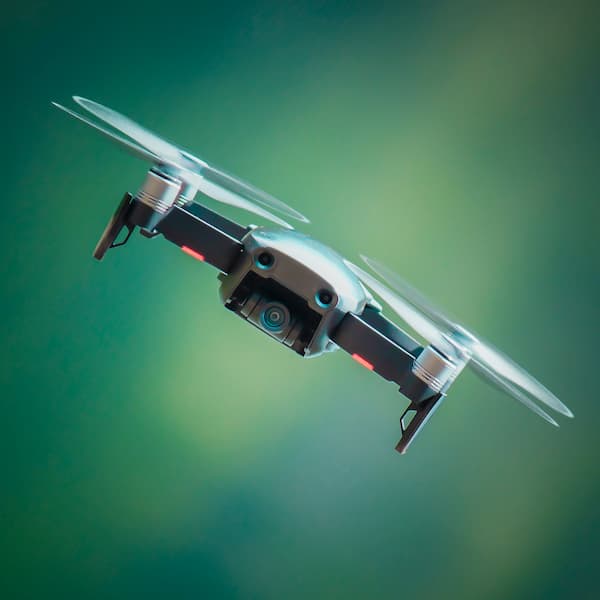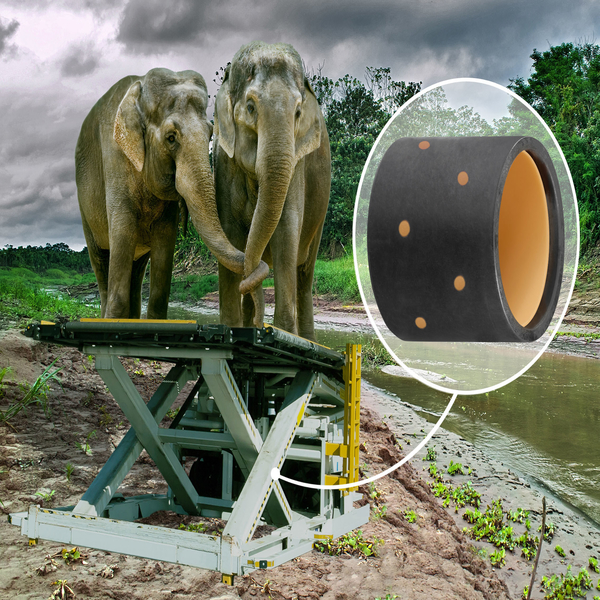Flying a drone in the UK

Flying a drone in the UK is a common pastime nowadays, and to be honest, it is met with different opinions. The technology and freedom that drones have in relation to being set off almost anywhere and the fact they can go where planes cannot, are key reasons that drones have become so immensely popular. Drones are providing footage of spectacular events, helping gather data and information to not only help us understand more but to help us realise how we can change events.
However, this newfound freedom also brings negativity. Some people will not fly the drones within the guidelines, will not fly them sensibly or safely and this is not only dangerous but also annoying. This seems to be the main source of negativity.
So, to ensure people are using drones correctly, what are the 3 key things you need to know when flying a drone in the UK?
Flying a drone in the UK- the drone must weigh less than 20KG– point 1
Now, for most drones this isn’t a problem, however, when you start adapting the drone this can be an issue. We have found that customers of ours, are adapting their drones with igus® parts or replacing standard conventional parts on the drone for polymer alternatives from igus®. If weight is an issue, this is an easy way of ensuring the weight is kept under the 20KG payload without reducing the effectiveness of the drone. Our iglidur® polymer materials come in such a large range of variants that there is a material to counter nearly every metal option. Not only are the igus® products going to be lighter, but they will probably be more cost-effective and a more sustainable option.
Maximum 400 feet altitude, 500 metres horizontally- point 2
400 feet is quite a distance for a relatively small object. There are a range of elements to flying at this height that need to be considered, such as: temperature, moisture and again, weight. Flying at this altitude will mean the drone needs to cope with not only high and low temperatures, but fluctuating temperatures as it goes higher into the sky and then drops back down. With igus® products, fluctuating temperatures are not an issue. All of the iglidur® polymers used have large temperature ranges, most of them going from -20°C up to +90°C, so however high the drone goes into the air, there is no concern over temperatures.

Common sense and fly safely and sensibly- point 3
This seems like a rather silly point, however, when drones are being flown over airports or being used as “an eye in the sky” for bad situations, it seems like a sensible point to make. Taking off and landing in a safe environment is also important. igus® has identified this and has created a “drone in a box”, I have written a blog about this https://blog.igus.co.uk/drone-in-a-box/.
This allows a safe space for the drone, somewhere to sit for take off and landing and gives a certain level of protection for the drone. It also allows the drone to both charge and be controlled within the box.
Flying sensibly in the UK opens so many doors of opportunities. The drones are able to capture images by getting into positions and spaces that normal cameras do not have the opportunity to. It has enabled many conservationists to witness events that may help understand natural situations better and in the long term may help to save animals or protect the planet and drones will be a massive positive influence in doing so.
If you would like to learn more about parts used within drones please give us a call and if you are flying a drone in the UK please be sensible!



